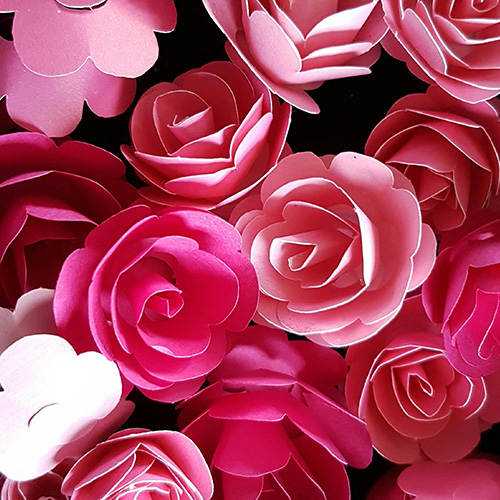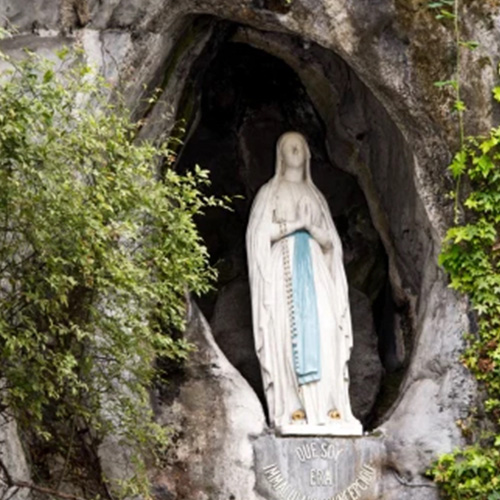 Flowers are a staple of Valentine’s Day, but why not add a spiritual bouquet to your beloved’s gift? This meaningful Catholic tradition involves saying prayers or performing acts of mercy, charity or devotion offered on behalf of someone else or for their intentions. Just as you can combine any flowers to assemble the perfect arrangement, you can choose any prayers or acts for the spiritual version. Among the most popular are completing a novena, saying a rosary, attending Mass, spending time in Eucharistic Adoration, volunteering time or money to a ministry the recipient cares about, or making a sacrifice (like fasting or giving something up) on behalf of the recipient. While some organizations will send a card if you request Masses, you can also take a DIY approach to crafting your gift. You can describe what you did in a card, via a text message, or cut out paper flowers and write an individual act on each one to present a physical bouquet.
Flowers are a staple of Valentine’s Day, but why not add a spiritual bouquet to your beloved’s gift? This meaningful Catholic tradition involves saying prayers or performing acts of mercy, charity or devotion offered on behalf of someone else or for their intentions. Just as you can combine any flowers to assemble the perfect arrangement, you can choose any prayers or acts for the spiritual version. Among the most popular are completing a novena, saying a rosary, attending Mass, spending time in Eucharistic Adoration, volunteering time or money to a ministry the recipient cares about, or making a sacrifice (like fasting or giving something up) on behalf of the recipient. While some organizations will send a card if you request Masses, you can also take a DIY approach to crafting your gift. You can describe what you did in a card, via a text message, or cut out paper flowers and write an individual act on each one to present a physical bouquet.
 Love letters are a tried-and-true Valentine’s Day tradition, but why not focus on words with deep, spiritual meaning? The word “love” is mentioned in the Bible hundreds of times (from 310 to 759 depending on the translation, according to Wikipedia). Take the time (or do a quick Google search) to find a verse that appeals to you and include inspiration from the Word of God in your Valentine’s Day card. If the right verse escapes you, consider a Valentine’s Day prayer. There are many versions, ranging from short acts of love to a St. Valentine Novena that is traditionally said from Feb. 5 to 14.
Love letters are a tried-and-true Valentine’s Day tradition, but why not focus on words with deep, spiritual meaning? The word “love” is mentioned in the Bible hundreds of times (from 310 to 759 depending on the translation, according to Wikipedia). Take the time (or do a quick Google search) to find a verse that appeals to you and include inspiration from the Word of God in your Valentine’s Day card. If the right verse escapes you, consider a Valentine’s Day prayer. There are many versions, ranging from short acts of love to a St. Valentine Novena that is traditionally said from Feb. 5 to 14.

